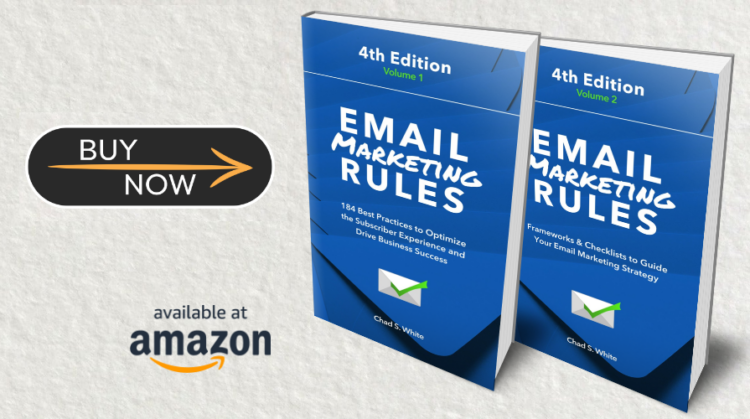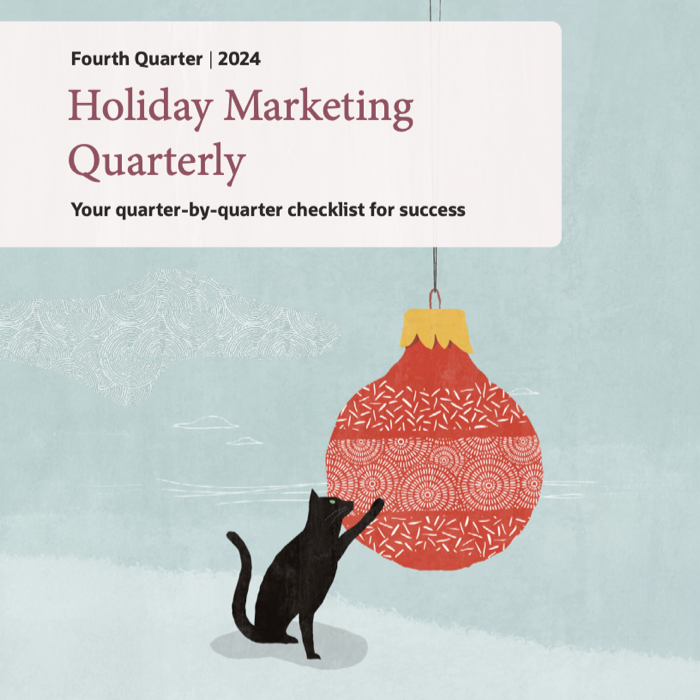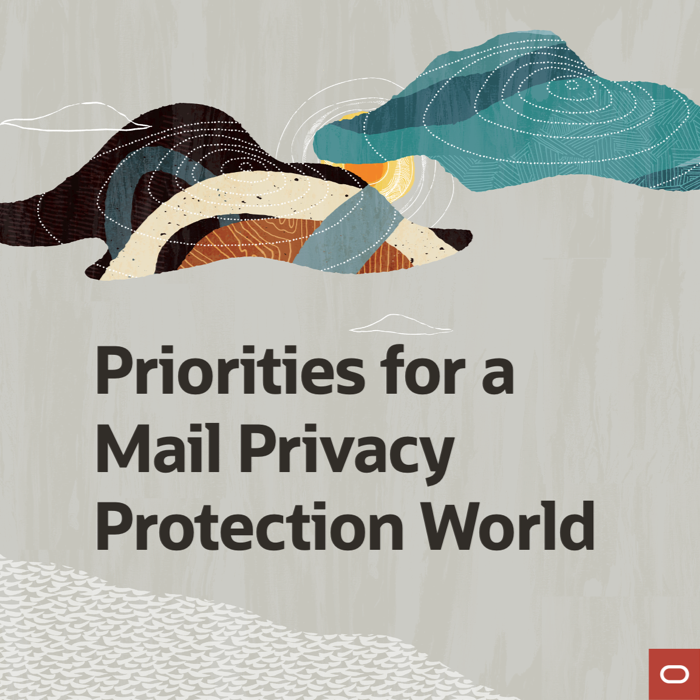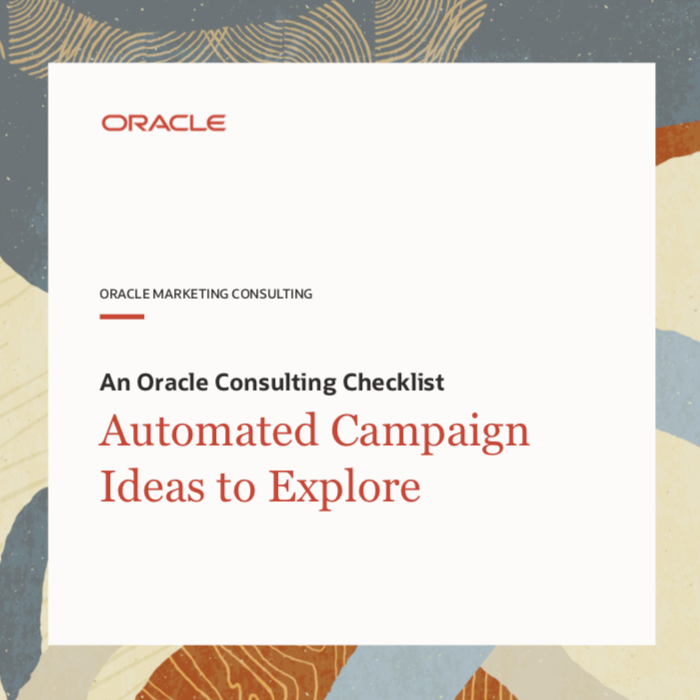Webinar Recording + Q&A: 2017 State of Email Report
Email is a constantly changing landscape of email clients, support, and marketing trends. The email client ecosystem continues to be fragmented and dynamic, and email clients can drop and add support for critical email elements without warning. Combine that with the fact that consumers’ definition of spam is changing, and it’s pretty…
What Is the Biggest Email Marketing Myth?
Doing email marketing right is challenging in the best of circumstances. But it’s made more difficult by all of the outdated and just plain wrong advice out there that leads marketers astray. To put you on the right course, we’re busting 25 email marketing myths—many of which you’ve probably heard repeated so…
Webinar: ‘Adapting to Consumers’ New Definition of Spam’ at MarketingProfs Email Marketing Virtual Conference
Join Kath Pay, Kevin Linden, and me at MarketingProfs Email Marketing Virtual Conference on May 12. I’ll be discussing now email marketers can adjust to consumers’ new definition of spam. During my session, you will hear findings from the Adapting to Consumers’ New Definition of Spam report, which is based on a…
5 Reasons List-Unsubscribe Concerns Are Overblown
Apple’s iOS 10 Mail added support for list-unsubscribe, but the large “easy unsubscribe” banners that appear in marketers emails appear to be driving up opt-outs. Here are 5 reasons why marketers shouldn’t panic… Unsubscribes are not inherently bad, since they don’t harm deliverability and may not harm revenue. Brands have made it…
Webinar Recording + Q&A: Adapting to Consumers’ New Spam Definition
Marketers must shift their email strategies to match consumers’ shifting spam definition. Litmus worked with Fluent to survey 1,300+ American adults to determine what causes them to report emails as spam and to unsubscribe. Jordan Cohen, Chief Marketing Officer at Fluent, and I teamed up to discuss these findings and what they…
Millennials Driven to Opt-out and Report Spam Largely by Same Factors as Everyone Else
Our Adapting to Consumers’ New Definition of Spam research, which surveyed more than 1,300 American adults, found that millennials were the same as older generations in many ways when it came to their email behavior. However, there were some differences. Here are the five biggest differences that we could find from our…
 Email Marketing Rules
Email Marketing Rules







































